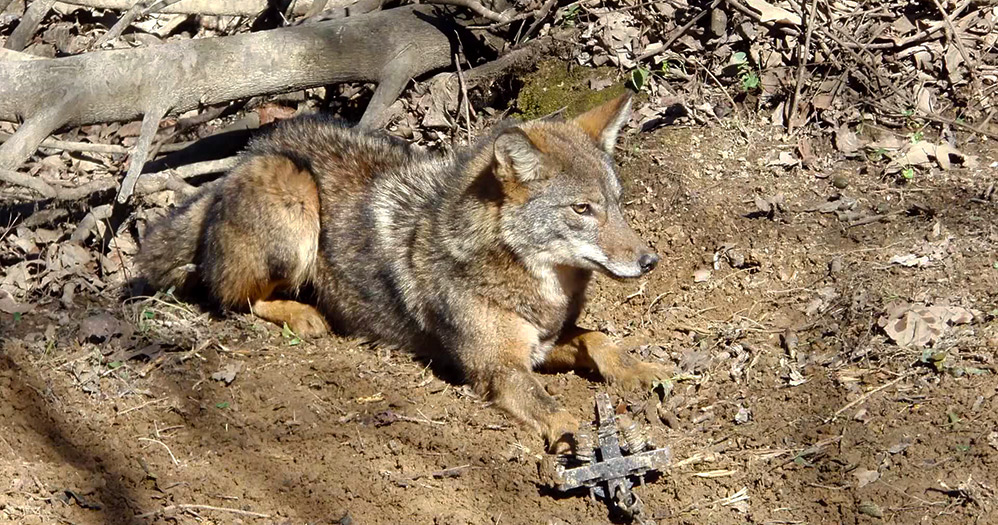Using Science to Identify the Best Traps for Animal Welfare
2/15/2018 9:13:22 AM
From AFWA Publications

From AFWA publication: Trapping and Furbearer Management in North American Wildlife Conservation
Best Management Practices
State fish and wildlife agencies and USDA’s Wildlife Services program are conducting a national effort to develop Best Management Practices (BMPs) for regulated trapping in the United States. This effort is identifying and promoting the very best technology available to capture wildlife. These BMPs address five specific points relative to the use and performance of traps. These components are: the welfare of animals, the efficiency of the traps, the selectivity of the traps, the safety of trappers and other members of the public, and the practical application of various types of traps.
BMPs provide the information that will help make a trap and trapper function together in a manner that is safe, humane, effective, and selective. These documents describe the different types of traps and what training may be needed for people who trap with them. BMPs are being recommended to all state fish and wildlife agencies for incorporation into regulated trapping programs and trapper education.
State wildlife biologists cooperating with specially trained wildlife veterinarians are designing and conducting trap research projects to identify the best traps available. All types of traps are being tested, including cage traps, cable restraint devices, foothold traps and killing type traps. Trap testing programs involving dozens of trapping systems are being conducted from Alaska to Maine to Louisiana. Since 1997, millions of dollars have been spent on trap testing programs to initiate the development of BMPs. State fish and wildlife agencies have dedicated thousands of hours of wildlife professionals’ time to the successful completion of these projects. The testing is conducted under actual trapping conditions, on working trap lines, by experienced trappers accompanied by trained wildlife technicians.
Everyone — managers, biologists, veterinarians and the public who trap — is interested in using the best technology available for the responsible capture of furbearers. Working towards this goal, state wildlife agencies will persist in their trap research efforts and continue developing BMPs. Basing BMPs on sound scientific and biological data will measurably improve the welfare of captured wildlife in the United States. As of 2014, 23 BMP documents have been developed.
More information BMPs is available at http://fishwildlife.org/?section=best_management_practices. Before purchasing traps, always check to see if the trap has been tested with BMP standards.









